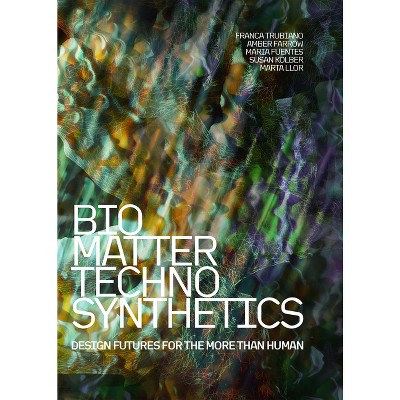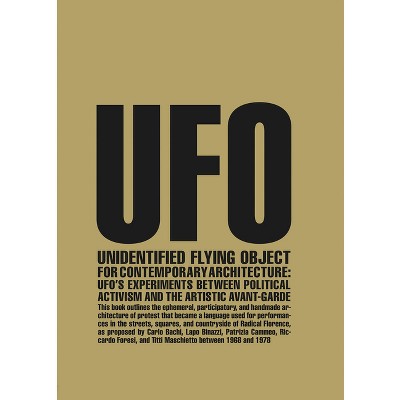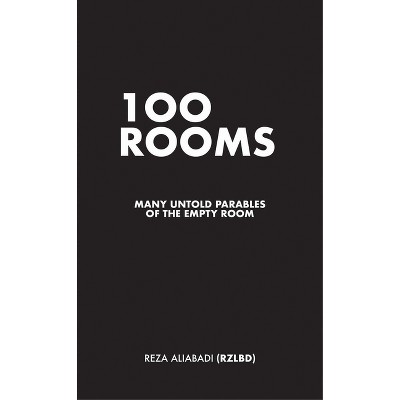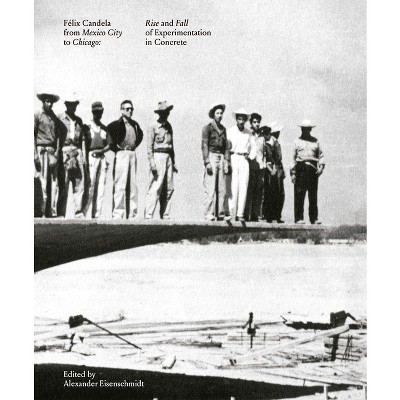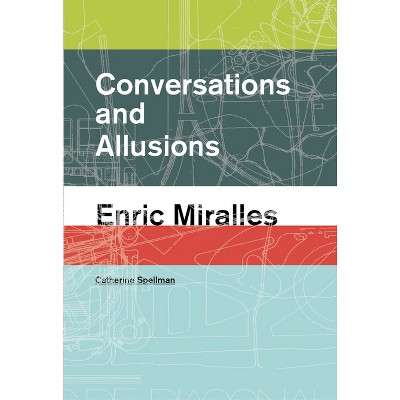Sponsored

Spatial Infrastructure - by Jose Araguez (Hardcover)
In Stock
Sponsored
About this item
Highlights
- Spatial Infrastructure is a collection of essays crafting a self-consistent project that recasts architectural thinking as a form of knowledge by addressing a number of fundamental questions relevant to the reading of works across styles, time-periods, and geographic boundaries.José Aragüez's second book revolves around a new concept in architecture, spatial infrastructure, that operates both as a design tool capable of projecting architectural thinking forward, and as an analytical category that shifts our understanding of the history of the field and contemporary production.
- Author(s): Jose Araguez
- 176 Pages
- Architecture, Individual Architects & Firms
Description
Book Synopsis
Spatial Infrastructure is a collection of essays crafting a self-consistent project that recasts architectural thinking as a form of knowledge by addressing a number of fundamental questions relevant to the reading of works across styles, time-periods, and geographic boundaries.
José Aragüez's second book revolves around a new concept in architecture, spatial infrastructure, that operates both as a design tool capable of projecting architectural thinking forward, and as an analytical category that shifts our understanding of the history of the field and contemporary production. Taken together, the collection of essays presented here investigates some of the most intractable issues pertaining to architectural discourse, while also examining scientific, critical, and cultural dimensions where relevant. Key subjects include a building's discursive building, engineering patents and spatial disposition in architecture, typological invention and sponge surfaces, "the organic" at the intersection of architecture and philosophy, imageability in the context of an evolving market economy, language vis-à-vis self-determinacy in creative practices, a building's spatial kernel, and the possibility of architectural metacriticality. Building upon each other to engender a coherent and distinct outlook on twentieth-century and contemporary architecture, these essays put forth a strong argument for architectural thinking that emerges from intimate knowledge of its capacities, as well as an ability to maintain epistemological clarity and integrity when purporting to expand our horizons of understanding.Review Quotes
"The book reads as a window into an extended intellectual effort by its author--practicing architect, educator, and researcher José Aragüez--who has spent the past 15 years undertaking the difficult task of constructing a theory of architecture through a series of new categories, the most salient of which is announced in the book title. This enterprise responds to a two-fold objective. There is, on the one hand, the aim to claim the specificity--though importantly, not autonomy--of architectural thinking as a form of knowledge that can engage other disciplines without losing its identity. On the other, there is an effort to advance an ambitious conceptual framework: that around the notion of "spatial infrastructure."
The author seeks to provide a tool for thinking about tools--a sort of meta-design device that allows for practice and theory to become intricately intertwined. In some fundamental manner ... that contribution involves here the collapse of problematic oppositions as a way to reshape our persistently binary minds and envision the future of architectural thinking afresh." --The Architect's Newspaper "Ever since architects began to systematically think about the origin and purpose of their trade, two opposed postures have remained in force: that of those who look for the essence of architecture from 'within, ' and that of those who try to find it from 'without.' Professor Aragüez's belonging to the first group does not keep him from inquiring into the ways in which knowledge 'external' to architecture turns out to be of use to it. His collection of eight essays delves into the autonomy of the discipline through questions touching on education, language, nature, philosophy, science, and the difficult but necessary role of criticism in contemporary contexts." --Arquitectura Viva





